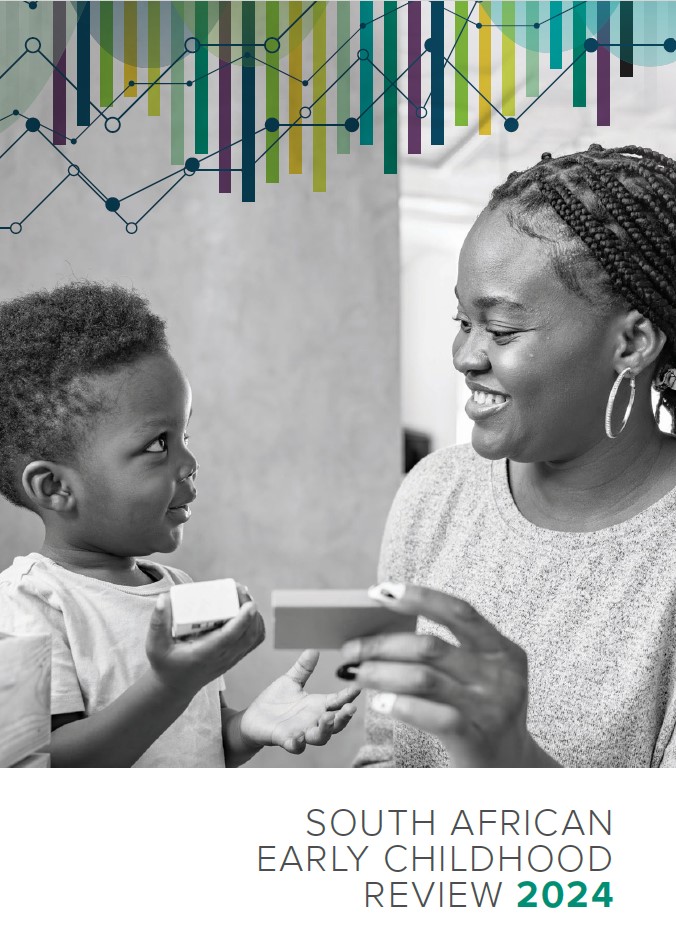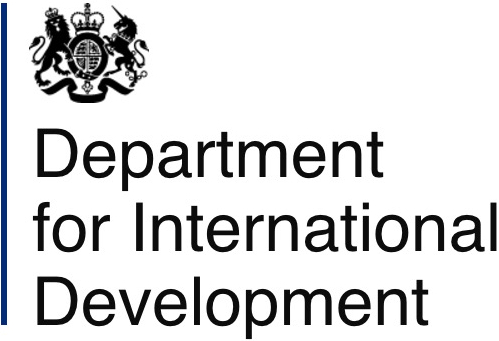 Housing & services
Housing & services
Children living in urban or rural areas
Children are still more likely than adults to live in rural areas: 42% of children are in rural households, compared with 32% of adults.
More dataChildren living in formal, informal and traditional dwellings
Dwelling types are divided into three broad categories: formal, informal and 'traditional'. Children who live in formal housing are more likely to have access to basic services and other social infrastructure provided to formal residential areas.
More dataChildren living in overcrowded households
Children are defined as living in overcrowded dwellings when there is a ratio of more than two people per room (excluding bathrooms but including kitchen and living room). Thus, a dwelling with two bedrooms, a kitchen and sitting-room would be counted as overcrowded if there were more than eight household members.
More dataChildren with access to piped water on site
Clean water is essential for human survival, but a third of children still do not have drinking water on site. There has been little improvement in children's access to water over the last decade.
More dataChildren with access to basic sanitation
Adequate sanitation includes flush toilets and ventilated pit latrines that dispose of waste safely and are within or near a house. Inadequate sanitation includes pit latrines that are not ventilated, chemical toilets, bucket toilets, or no toilets at all.
More dataChildren with access to a mains electricity connection
Access to electricity in the physical structure of a house is important for a range of reasons. Where there is no electricity, families use other fuels for lighting, heating and cooking. These are expensive and can pose health and safety hazards, especially for children.
More data
 The SAECR 2024 tracks trends on the status of children under 6.
The SAECR 2024 tracks trends on the status of children under 6. 











